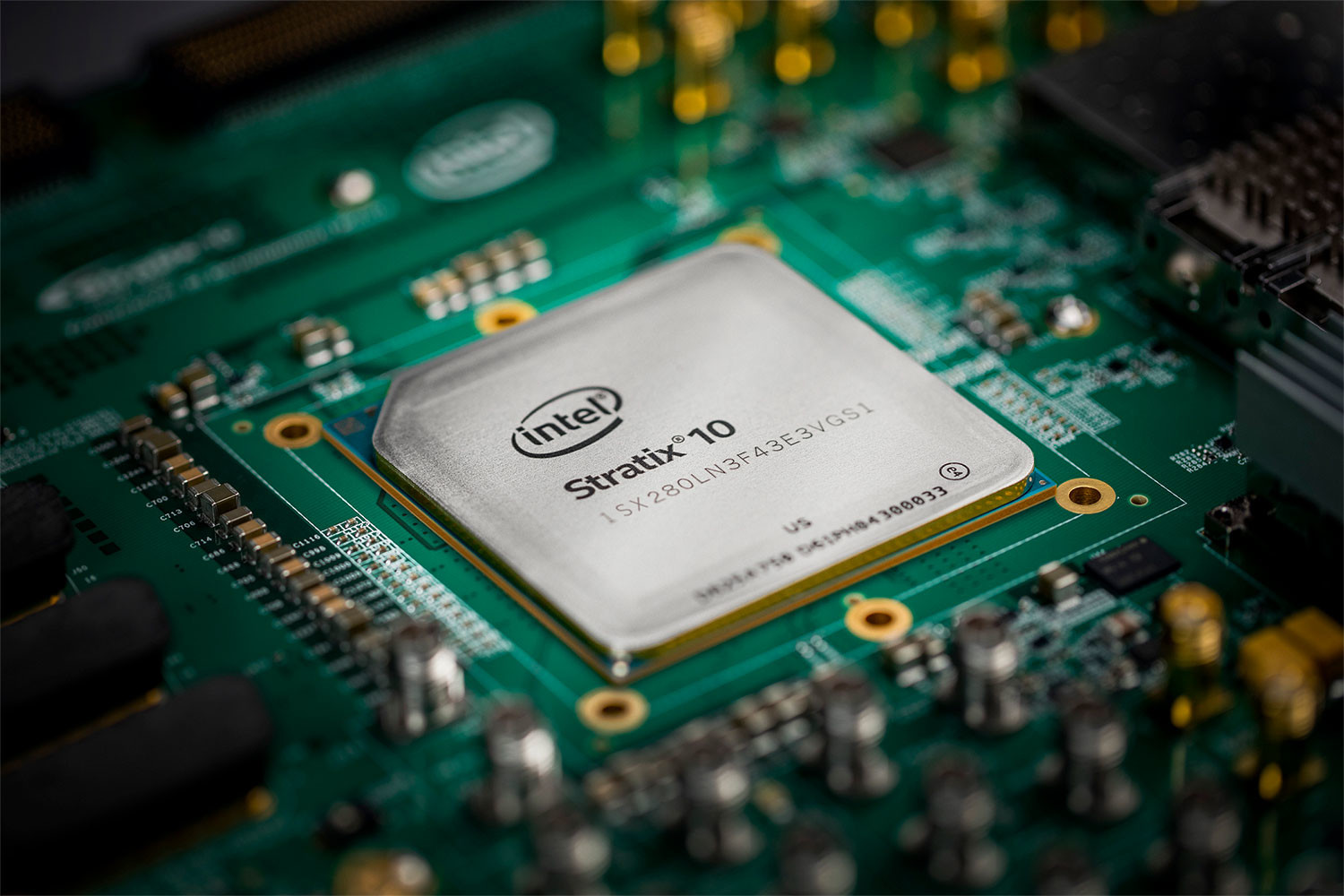Time: 2025-01-20 11:02:23View:
High-end FPGAs (Field-Programmable Gate Arrays) attach significant importance to software for several key reasons. Unlike traditional hardware, FPGAs are programmable and can be customized to implement complex digital circuits, making the role of software essential in unlocking their full potential. Here's why software plays such a critical role in high-end FPGA systems:

The importance of software in high-end FPGA systems cannot be overstated. It is crucial for designing, configuring, managing, and optimizing FPGA-based solutions, from hardware acceleration to dynamic reconfiguration and embedded system integration. In modern high-performance computing, communication systems, AI, and embedded applications, the combination of software and FPGA hardware unlocks the true power of these devices, making them adaptable, efficient, and scalable for a wide range of use cases.